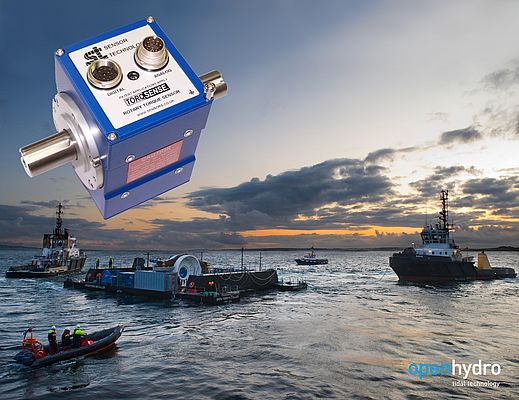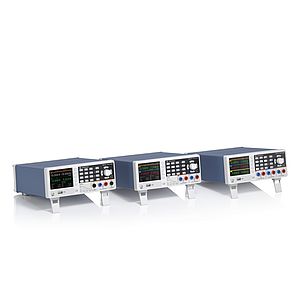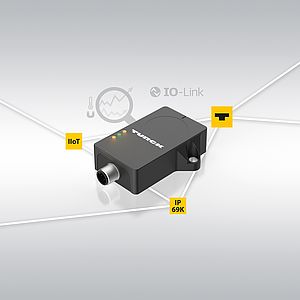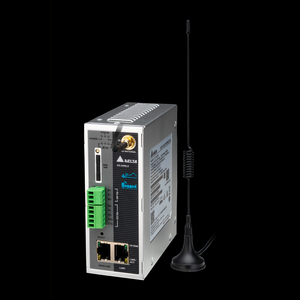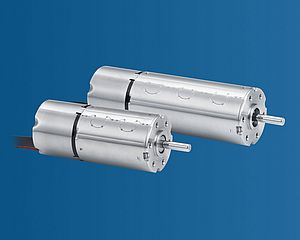OpenHydro is a technology company that designs and manufactures marine turbines to generate renewable energy from tidal streams. The company's vision is to deploy farms of tidal turbines under the world's oceans, where they will dependably generate electricity with no cost to the environment. This method of producing electricity has many benefits. Because the turbines are submerged, they are invisible and they produce no noise. And because they are submerged at a considerable depth, they present no hazard to shipping. An advantage that is possibly the most important, however, is that the tides are completely predictable, which means that the energy output of the turbines is equally predictable. There are no large seasonal variations and no dependence on the vagaries of the weather, as there are with many other renewable energy sources. Reliably and efficiently harvesting energy from the tides, however, requires the use of novel technology and, in the case of OpenHydro, this takes the form of open-centre turbines that can be deployed directly on the seabed. Clearly, installation in such an inaccessible location makes reliability a prime consideration in the design and construction of the turbines. For this reason, OpenHydro carefully and comprehensively evaluates the performance of all of the components used in its turbines.
For the bearings, this evaluation involves the use of a simulator that allows the company's engineers to determine how frictional forces in the bearings vary with different loads and rotational speeds. Central to the operation of this simulator is the measurement of torque in a shaft from the motor that drives the bearing under test. With conventional sensors, it is hard to carry out this type of torque measurement accurately and reliably, but OpenHydro found that Sensor Technology's TorqSense RWT320 series sensor provided an ideal solution. Like all TorqSense sensors, the RWT320 units depend for their operation on surface acoustic wave (SAW) transducers. These transducers comprise two thin metal electrodes, in the form of interlocking "fingers", on a piezoelectric substrate such as quartz. When an RF signal of the correct frequency is applied to the transducer, surface acoustic waves are set up, and the transducer behaves as a resonant circuit. If the substrate is deformed, however, the resonant frequency changes. When the transducer is attached to a drive shaft, the deformation of the substrate and hence the change in resonant frequency will be related to the torque applied to the shaft.
In other words, the transducer operates as a frequency-dependent strain gauge. Since the transducers operate at radio frequencies, it is easy to couple signals to them wirelessly. Hence TorqSense sensors can be used on rotating shafts, and can provide data continuously without the need for the inherently unreliable and inconvenient brushes and slip rings often found in traditional torque measurement systems. "We chose the RWT320 because of its convenient wireless operation, and because it was easy for us to fix in line with an existing shaft in our experimental set up," said Kevin Harnett, Mechanical Engineer at OpenHydro. "In addition, this model of sensor has integral electronics and a serial output, which means that we can link it directly to a laptop computer in our test laboratory. This is a very straightforward and convenient arrangement."


